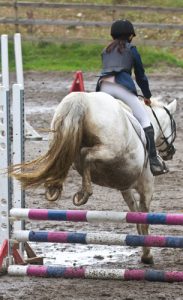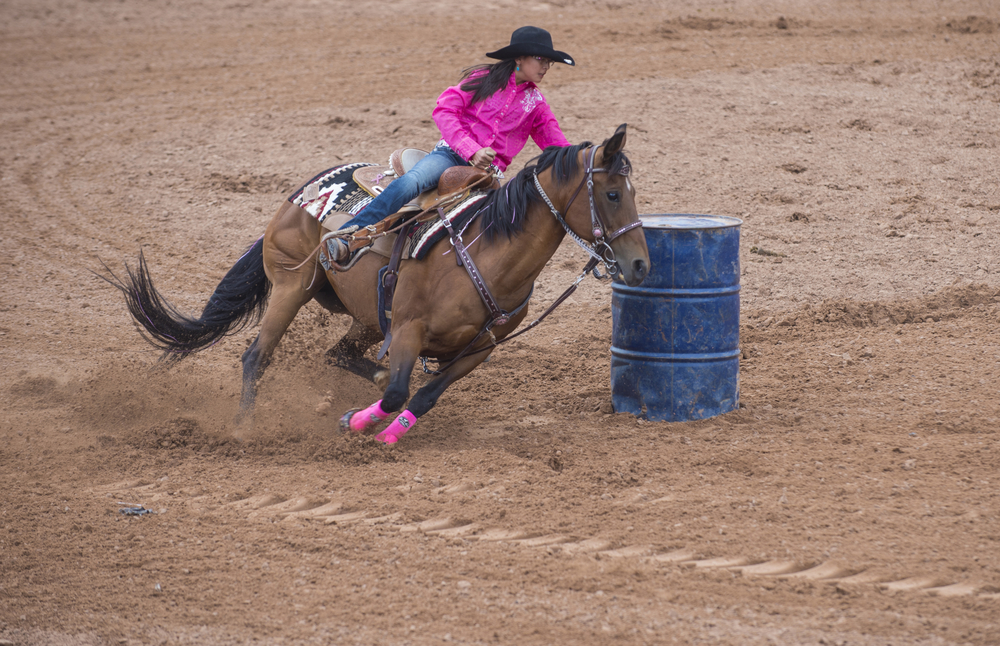Tuesdays with Tony
Horse Injuries
It rained around here a lot over the last week. It’s Florida, and almost summer. It’s what we do here. For the record, I’m going to state that I don’t like rain. Wet paws are not something I enjoy, but that’s not what I’m here to talk about. While it was raining here, I was watching (or attempting to watch) Justify run in the Preakness. Wow, was it raining!!! Also, while it was raining here, Dr. Lacher was showing her horses down in Venice, Florida, where it was also raining. Her event wasn’t nationally televised, so I couldn’t watch it (seems unreasonable, but she said it’s not nearly as exciting as the Preakness). However, she said she had some tough decisions to make about riding because of the rain, and the potential for horse injuries. That got me wondering: do horses hurt themselves in all that mud and slop? I mean, horses hurt themselves on sunny days, when the temperature is a lovely 72, and the wind is out of the east at 4 miles per hour. How can they not hurt themselves in the rain??
 The Short Answer: It Depends
The Short Answer: It Depends
Ah, that most-human of answers. Racehorses are running at top speeds, pushing the limits of how fast the equine skeleton was designed to go. However, they are running in mostly straight lines, and big curves. The tracks are also meticulously maintained, especially for a race as big as the Preakness. What that means is, yes, the horses may have to put in a bit more effort to overcome the wet track. Overall, though, you probably would have found the track to be quite good to run across, even in the chosen human running gear of sneakers and inappropriate shorts.
Events which require quick turns and changes of speed, like the jumping Dr. Lacher does, may have a different answer. The other major difference in pretty much any horse sport but racing is that the horses are going to be going over the same spot repeatedly. There should be serious thought put into how the footing will handle that, and if it can. If you are the last one to go before they drag the ring, what kind of damage has been done to the footing around the barrel, or the jump, or the obstacle? Horse factors should be considered as well. If your horse is young, or working on confidence, asking them to handle footing that is even a little challenging can be hard on the brain, if not the body.
Eventers are crazy and don’t even realize it’s raining, so we won’t talk about them. (Just kidding, eventers!) Same as everyone else who isn’t racing in the Preakness, I recommend you evaluate the track, and decide if it’s going to be OK. You humans have enormous brains. You should put them to good use.
Why rain matters less than you think
There are two kinds of injuries horses get: the wrong step/trip and something-tears kind, and the low-level repetitive strain kind. Guess which horse injury is more common? And guess which one is sometimes really disguised as the other? That’s right, repetitive strain is the real bad guy. Lots of times there’s a weak spot created by that repetitive strain that breaks when there’s a bad step or trip, so I’m counting that as a repetitive-use injury, too.
How to avoid injuries
Appropriate fitness is the answer. Just like people, horses need to be fit to do the job asked of them. Just like people, horses can get bored, bored, bored with the same old stuff. Know why CrossFit became a thing? Bo Jackson (if you’re under 40 you may need to Google him) got bored doing the same drills, and his injuries kept getting worse from doing those same drills over and over. He started incorporating strength and coordination exercises of all different types to keep him fit enough for baseball and football without the repetition. You can CrossFit your horse, too! It’s called dressage with your jumper, or jumping for your dressage horse. Team pen with your barrel horse. Take your reining horse to an obstacle challenge. The absolute best thing you can do for them is trail riding. I don’t mean the cat version of trail riding: a slow meander involving lots of naps. I mean a ride across terrain with a purpose. Ask them to collect downhill, push uphill, bend around trees. Take advantage of any training opportunity the terrain provides. While you’re busy enjoying nature, your horse will be working on coordination, strength, and balance without even realizing it. As an added bonus, the next time conditions are a little sloppy, your horse will be ready to deal with it.
Fitness is hard. Need help with a plan? Ask Dr. Lacher. She’s rehabbed not only client horses, but her own horses as well. Dr. Lacher seriously knows her stuff when it comes to fitness for equine athletes.
Now be a good human and scroll down a wee tiny little bit to the Subscribe button. This will ensure you get my weekly dose of wisdom delivered straight to your inbox!
Until next week,
~ Tony

Tuesdays with Tony is the official blog of Tony the Office Cat at Springhill Equine Veterinary Clinic in Newberry, Florida. For more information, please call us at (352) 472-1620, visit our website at SpringhillEquine.com, or follow us on Facebook!
[jetpack_subscription_form title="Subscribe to Whinny's Wisdoms"]
